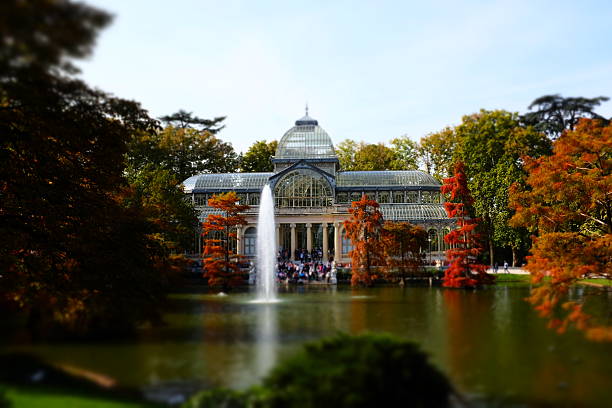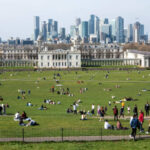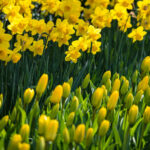El Retiro Park: Madrid’s Urban Oasis of Beauty, Culture, and History
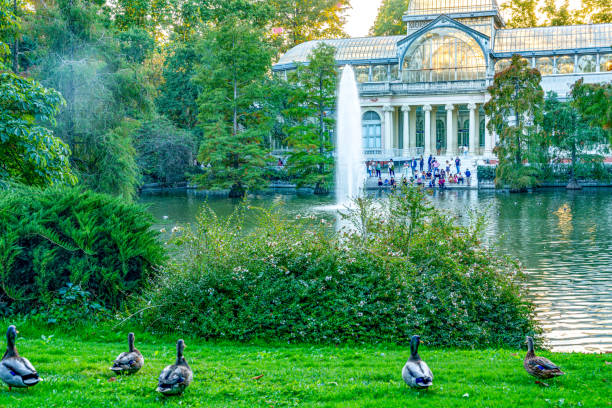
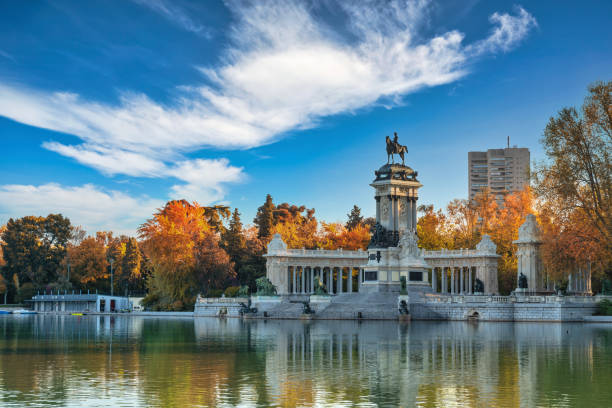
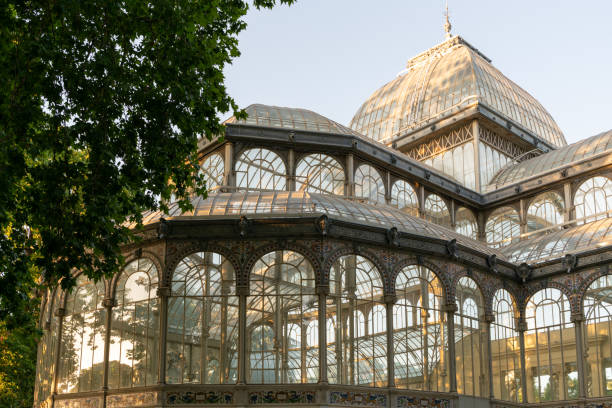
El Retiro Park, known in Spanish as Parque del Buen Retiro or simply El Retiro, is one of Madrid’s most iconic landmarks and a beloved green space for both locals and tourists. Spanning over 350 acres, this historic park offers visitors a peaceful escape from the bustling city, with a mix of natural beauty, artistic treasures, and rich history. Whether you’re looking to relax by a lake, explore the gardens, or admire its impressive monuments, El Retiro has something for everyone. This article takes a deeper look at the origins, significance, key attractions, and current role of El Retiro in Madrid’s cultural and urban landscape.
A Royal Beginning: The Origins of El Retiro Park
The story of El Retiro Park dates back to the early 17th century during the reign of King Philip IV of Spain. It was originally part of the Palacio del Buen Retiro, a royal palace built between 1630 and 1640 as a retreat for the Spanish monarchy. The park was designed to provide an elegant setting for the palace, featuring lush gardens, forests, and expansive promenades where the royal family could enjoy leisurely strolls and entertainment. At the time, El Retiro was a private space reserved exclusively for the monarchy and their guests, serving as a symbol of the grandeur and opulence of the Spanish court.
The design of El Retiro was heavily influenced by the Baroque style, with elements such as symmetrical gardens, fountains, and ornate sculptures. It was also used as a venue for theatrical performances, mock naval battles on the lake, and grand celebrations. However, after the fall of the Spanish monarchy in the 19th century, El Retiro was opened to the public, and it quickly became a popular place for Madrid’s citizens to gather, relax, and enjoy the outdoors.
El Retiro’s Transformation into a Public Space
In 1868, El Retiro was officially transferred from royal ownership to the city of Madrid, marking a significant turning point in the park’s history. The move came during a period of political change and modernization in Spain, and the decision to open El Retiro to the public was a reflection of growing democratic ideals. The park was redesigned to make it more accessible and enjoyable for ordinary citizens, with new pathways, gardens, and facilities added over time.
Throughout the late 19th and early 20th centuries, El Retiro continued to evolve, becoming a hub for social and cultural activities in Madrid. The park’s role as a gathering place for the people of Madrid was solidified, and it became a venue for important public events, festivals, and exhibitions. Over the years, El Retiro has also served as a canvas for artistic and architectural expression, with many of its monuments and sculptures reflecting Spain’s rich cultural heritage.
Key Attractions and Landmarks in El Retiro
One of the defining features of El Retiro Park is its incredible diversity of attractions. From tranquil gardens and scenic lakes to historic monuments and art-filled galleries, there’s no shortage of things to see and do. Some of the most notable attractions include:
- The Great Pond (Estanque Grande): The large, artificial lake at the center of El Retiro is one of the park’s most popular spots. Originally designed for naval displays and mock sea battles, it now serves as a peaceful retreat where visitors can rent rowboats and enjoy views of the surrounding monuments. The lake is framed by lush greenery, with the iconic Monument to Alfonso XII standing majestically on its eastern shore. This grand monument, with its towering columns and bronze equestrian statue of the king, is a favorite gathering spot for visitors to relax and take photos.
- Palacio de Cristal (Crystal Palace): A striking example of 19th-century architecture, the Palacio de Cristal is a beautiful glass and iron structure inspired by London’s Crystal Palace. It was built in 1887 as a venue for exhibiting flora and fauna from the Philippines, a Spanish colony at the time. Today, the Crystal Palace is used as an exhibition space for contemporary art, managed by the Reina Sofia Museum. The palace is situated beside a small lake with picturesque views, making it a serene and romantic location for visitors to explore.
- Palacio de Velázquez: Located not far from the Crystal Palace, the Palacio de Velázquez is another architectural gem within El Retiro. Built between 1881 and 1883, the palace is named after the famous Spanish painter Diego Velázquez, though it was originally constructed to host an international mining exhibition. Like the Crystal Palace, it now functions as a contemporary art gallery under the Reina Sofia Museum, hosting rotating exhibitions of modern and contemporary art.
- The Rose Garden (La Rosaleda): One of the most enchanting parts of El Retiro is La Rosaleda, a beautifully designed rose garden that blooms with hundreds of rose varieties during the spring and summer months. Created in the early 20th century by Cecilio Rodríguez, a famous Spanish landscape architect, La Rosaleda is a favorite spot for visitors looking to enjoy the vibrant colors and fragrances of blooming roses.
- The Fountain of the Fallen Angel (Fuente del Ángel Caído): This unique fountain, located in the southern part of the park, is famous for being one of the few sculptures in the world that depicts Lucifer, the fallen angel. The statue, created by artist Ricardo Bellver in 1877, shows the angel in the moment of his fall from heaven, with his body twisted in anguish. It is a striking and somewhat controversial monument that adds a layer of intrigue to the park’s collection of art and sculpture.
- The Forest of Remembrance (Bosque del Recuerdo): Located near the southern entrance of the park, the Bosque del Recuerdo is a memorial dedicated to the victims of the 2004 Madrid train bombings. The grove is made up of 192 olive and cypress trees, one for each of the victims, and serves as a quiet place for reflection and remembrance.
A Cultural Hub and Event Space
In addition to its role as a peaceful retreat, El Retiro Park is also a vibrant cultural hub that hosts a variety of events throughout the year. The park is particularly lively during the Feria del Libro (Madrid Book Fair), which takes place annually in the spring. This popular event attracts book lovers, authors, and publishers from all over Spain, transforming the park’s paths into an open-air bookstore with hundreds of stalls selling books of all genres.
El Retiro is also a venue for outdoor concerts, performances, and exhibitions, many of which take place in the summer months. The park’s wide-open spaces and scenic surroundings make it an ideal location for cultural festivals and public gatherings.
A Green Haven for Recreation
For many Madrileños, El Retiro is not just a historical park but a vital part of their daily lives. The park offers a wide range of recreational activities, making it a popular spot for jogging, cycling, rollerblading, and yoga. Early mornings and evenings often see locals exercising along the park’s winding paths or practicing Tai Chi beneath the shade of the trees. Families enjoy picnicking on the lawns, and children can play at the various playgrounds.
For nature tenth
A UNESCO
In 2021, El Retiro Park, along with the nearby Paseo del Prado, a UNESCO World Heritage Site
El Retiro Park is far more than just a park—it is a living monument to Madrid’s history, culture, and love of nature. From its royal beginnings to its transformation into a public space and cultural center, El Retiro has been a place of refuge, beauty, and inspiration for centuries. Today, it stands as a beloved urban oasis where

